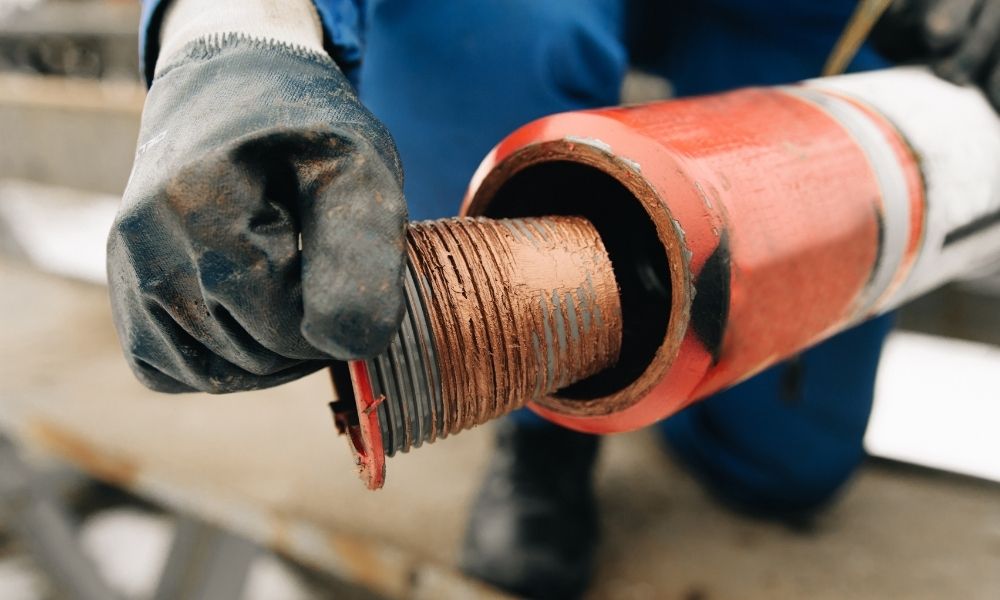
17 Mar Casing Work in the Oil Industry
There is a plethora of structures that workers must set up on an oil field in order to reach and collect oil. Since boring into the ground can be a delicate and complex matter, a drilling engineer must plan how to carry the process out safely. From there, oil workers will follow the necessary steps according to that plan. Casing work in the oil industry is the labor that relates to keeping the hole in the ground stable after drilling. Here, we’ll uncover what casing is and how professionals set it up.
What Is Casing?
Casing is the metal structure that oil workers will insert into a drilled hole in order to prevent its walls from collapsing. Casing also keeps the oil from soaking into the surrounding earth and keeps it from becoming polluted with unwanted substances. Basically, casing appears as a series of connected steel pipes. The pipe segment that is deepest in the ground is the narrowest, while the casing nearest to the surface is the widest.
Casing Work
Assembly and Installation
Now, let’s look at the process of casing an oil well. The initial step is to start running the first and smallest section of the casing pipe into the ground. Workers install a guide shoe, which appears like a cylinder with one rounded end, on this first casing segment to help guide it smoothly through the well. As it moves downward, devices called casing elevators that exist on the traveling block part of the oil rig link the first pipe segment with the next segment by attaching a joint covering called a casing collar. They do this by holding the casing in proper alignment, allowing casing tongs to place screws at the joints before they sink into the ground.
Cleaning and Stabilization
Eventually, the casing reaches its correct depth, and casing hangers on the rig hold it in place from above. They sit right around the entrance to the oil well or the top of the drilled hole. Now that the casing is in place, the oil workers will place a drill bit into the casing and use drilling fluid to ensure the casing walls don’t have any bits of earth, rock, or any other materials stuck to them. They then pump cement into the oil well to fix the casing in place. Once the cement dries and hardens, they can perform final drilling to access the oil near the end of the casing structure.
As you can see, casing work in the oil industry is a multifaceted process that oil professionals must carry out with care. Since much of the work on an oil field can take place in the dark, effective oil field lighting is an absolute must when it comes to supporting equipment. Contact C-MOR Energy Services today to use the best lighting in the industry. Our patented Crown Jewel™ is a rig-mounted light that will allow workers to see clearly as they case a well while also saving you on energy costs.


